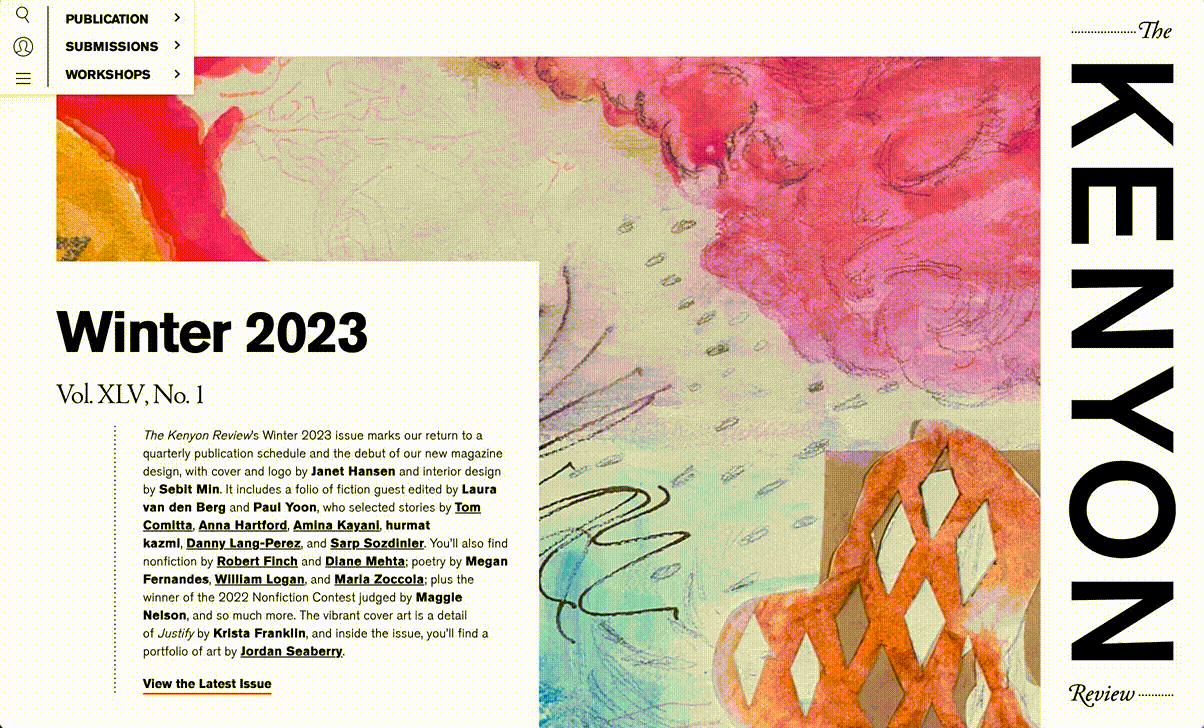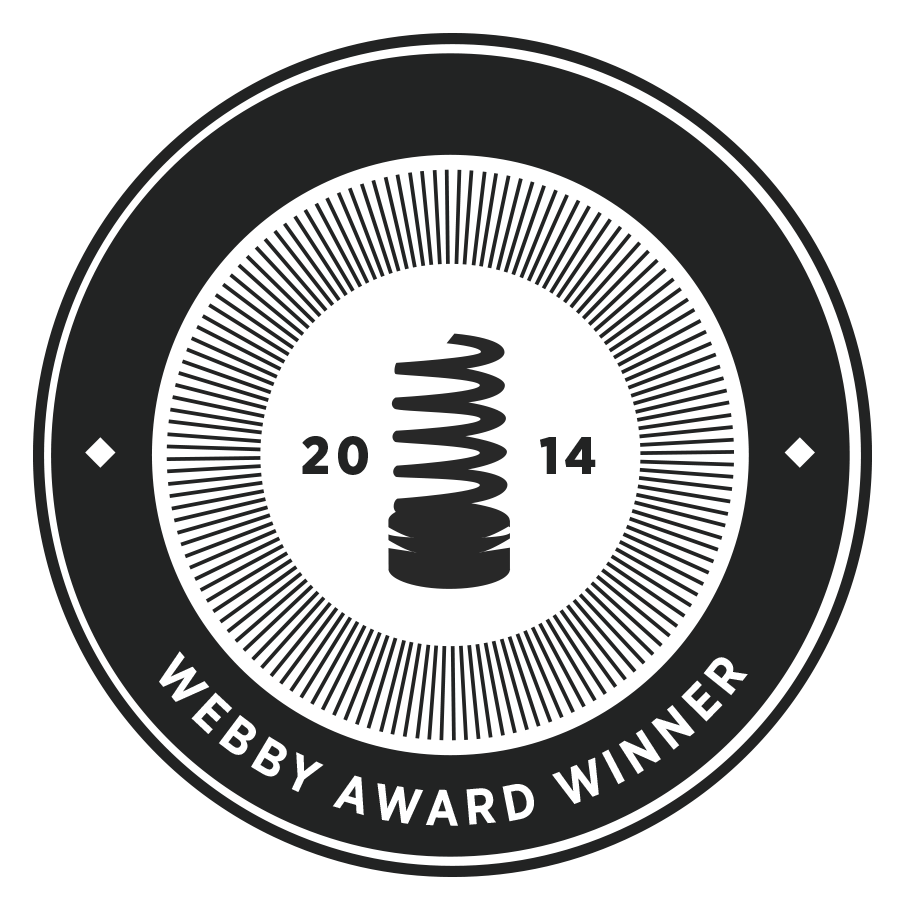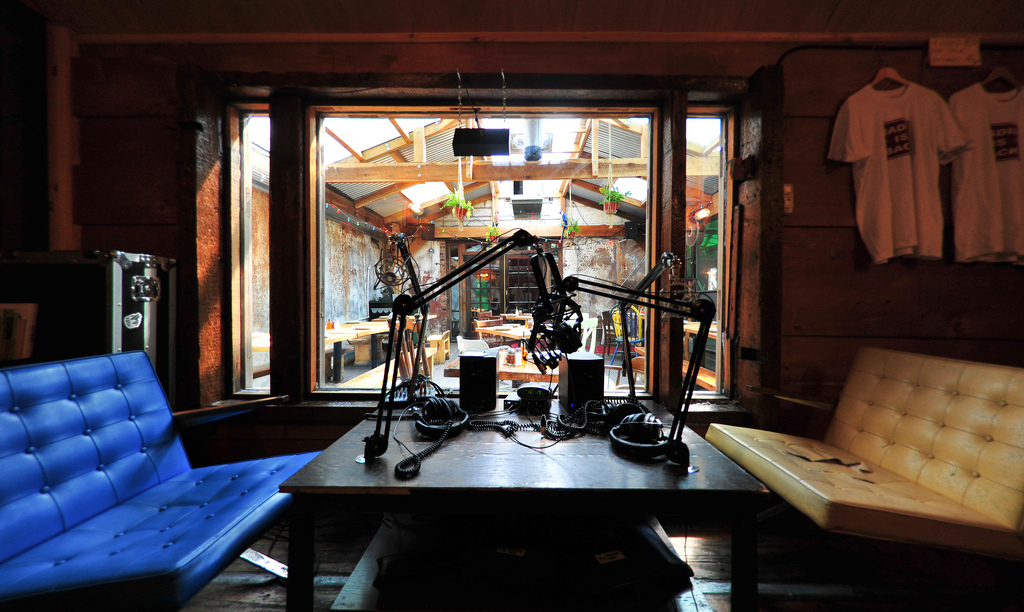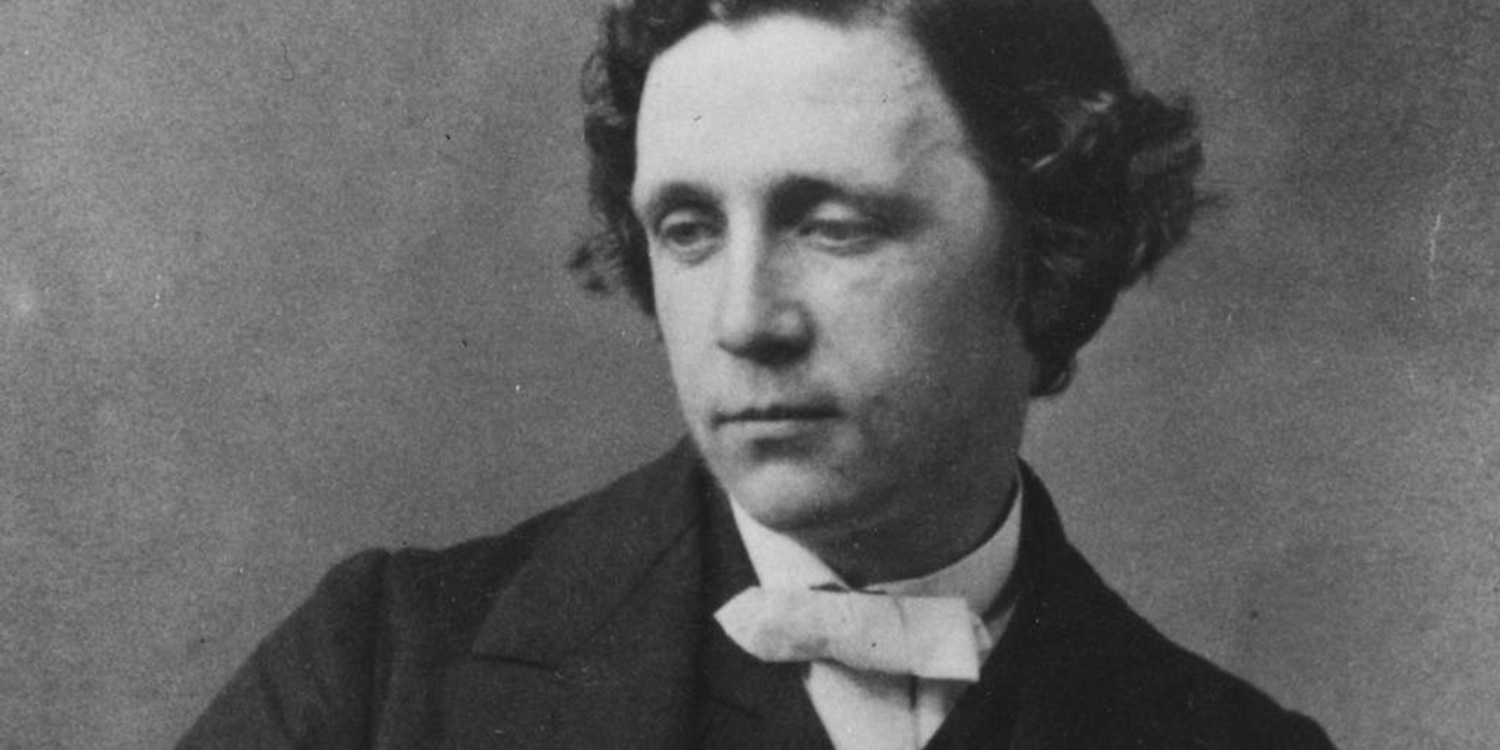Print ain’t dead, it just went digital!
Welcome to Industry Insights, a blog series that draws from our years of experience producing elevated websites and brand content. Here we’ll share valuable insights for marketing professionals, agency folks, and branded content creators in various industries. For our first edition, we’re starting off with a list of creative solutions to the needs of Editorial & Publishing companies.
Print ain’t dead, it just went digital! These days, all publications need an online presence, but not all websites are created equal, and there are a number of industry-specific considerations that could make or break readers’ experience. Now, prepare to be pelted with pearls of wisdom we’ve collected from working with awesome clients such as Kenyon Review, Believer Magazine, Electric Literature, Texas Observer, Times Review, and GRIST.
Why we LOVE Digital Publishing…
Publication websites are Destination sites designed to keep readers coming back and, in this case, reading. This means editorial sites need to be dynamic and updatable in a way that serves and rewards visitors. This creates a whole host of demands on publishing teams and their digital spaces that a digital agency like CMYK is well-equipped to serve, so let’s explore them below.
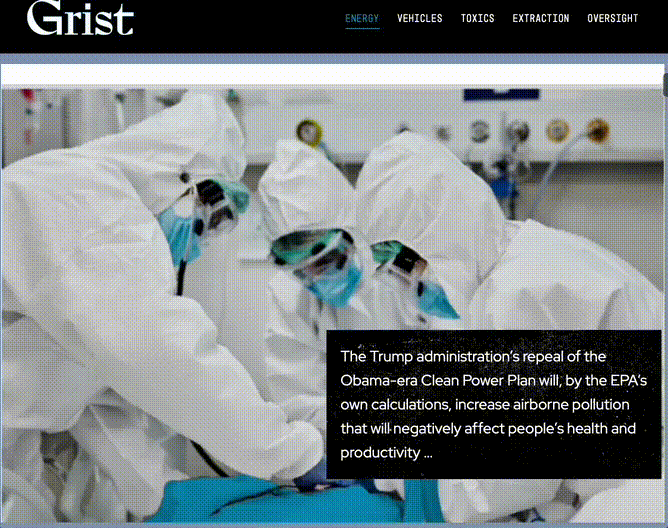
Streamline the Workflow
Editors are constantly publishing new content and need a simplified workflow for their team. Junior personnel should not be expected to make design decisions on the fly, so building block-based systems with built-in design guardrails using WordPress’ Blocks editor is ideal. This saves time and prevents the new editorial intern from going rogue or just making a big mistake. Ensuring a consistent experience for readers is key for maintaining the brand’s sitewide experience, which we’ll get into next.
But we never want to be too prescriptive– editors still need flexibility, especially in the types of content & media they can embed within articles. A long-lasting website must be compatible with a wide range of media types (video, audio, etc.), even if they aren’t needed in the present. For example, we’re currently redesigning Archeaology.org. In its current form, the site doesn’t have integrated multimedia, but we’re still building in the capability for them to add content they’ll eventually start producing in the future.
Keep the Brand Consistent Across Physical & Digital
It’s a struggle as old as the internet itself: How does a print publication effectively translate their aesthetic and experience into digital form? We’ve come a long way since Web 1.0, but some pubs are still living in the 90’s. When Believer Magazine first approached us, their website lacked the charm and character of their print editions. Lucky for them, CMYK excels at expressing and reinforcing a brand as a system across the entire platform. For example, The Editors at Texas Observer can now change the color scheme to match their most recent print editions, and Kenyon Review can import each edition’s cover art as a site-wide background texture. These are more obvious examples, but a brand system can go DEEP, applying also to motion, type, click states, hover states, and how elements interact with each other on each page. That’s right, there are levels to this sh*t! This attention to detail ultimately serves the reader a unique and elevated experience that will be felt if not noticed outright, and it will put competitors’ sites to shame.
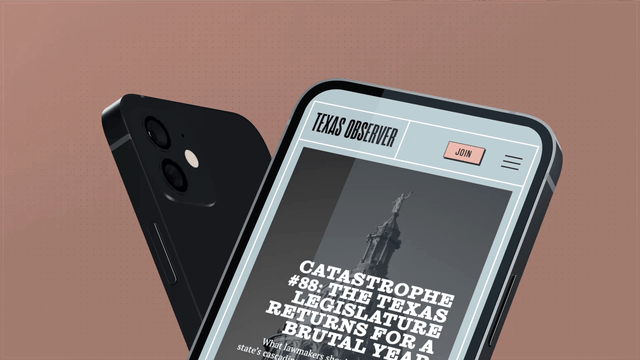
Enhance Storytelling with Digital
The digital revolution has certainly put a dent in the publishing biz over the last twenty years or so– Let’s be real; it lit the goddamn house on fire. But hey, tech will do as tech does, and the best we can do is try to keep up and leverage it in creative ways. Turning printed articles into interactive digital experiences is a great example. Digital articles can engage readers through visualizing data and enhancing narrative storytelling through animated graphics and interactive features. We helped GRIST incorporate innovative and interactive graphics for a featured article on the impact of environmental deregulation under the Trump administration. This had a much more dramatic effect than what could be achieved by a static image in print. We also created an interactive comic template for Believer Magazine that allows the publication to reimagine its illustrated articles and create them in-house with a custom-designed editorial workflow.
So don’t be a luddite– Embrace the creative potential of digital storytelling!
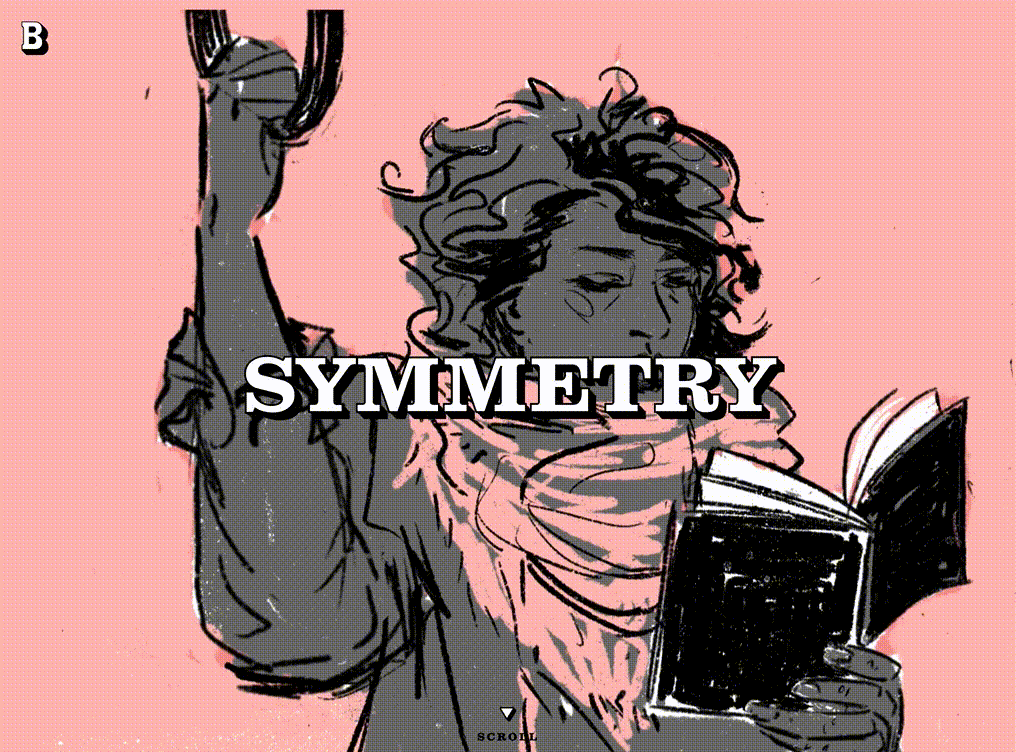
Doing Ads & Subscriptions the best way
Clients don’t just update their websites to add some bells and whistles– it’s also a worthwhile investment to update their ad and subscription strategy and infrastructure. Many platforms have outdated systems for running ads, which hurts their bottom line. For example, CMYK clients Archaeology & Times Review previously had a set number of ads baked into every page; they couldn’t insert more ads for long articles, nor less for short ones– Some pages had more ads than article! Stating the obvious, that’s not a good look.
Nobody wants a site overloaded by ads. CMYK helps Editorials improve and automate their strategy– implementing ads in an elegant way that’s lucrative but not distracting. We help brands make more efficient use of their digital real estate by introducing dynamic ad systems with industry-standard IAB ad sizes. This lets companies charge more for higher quality ads while also allowing local advertisers with smaller budgets to still afford placements.
A great example is our categorization system for the Times Review, a regional publication from Long Island, NY. We gave them the ability to place ads in specific sections of the newspaper, offering targeted advertising that’s highly relevant to the readers of each section. Ultimately, these improvements boost ad inventory (number of ads they can sell in a month) and revenue for the publication.
Another way we can help these sites generate more income is to help them grow their subscriber base. By adding paywalls, recurring subscriptions, and newsletter capture forms in the right places, publishers can expand their subscriber base without completely gatekeeping their content.
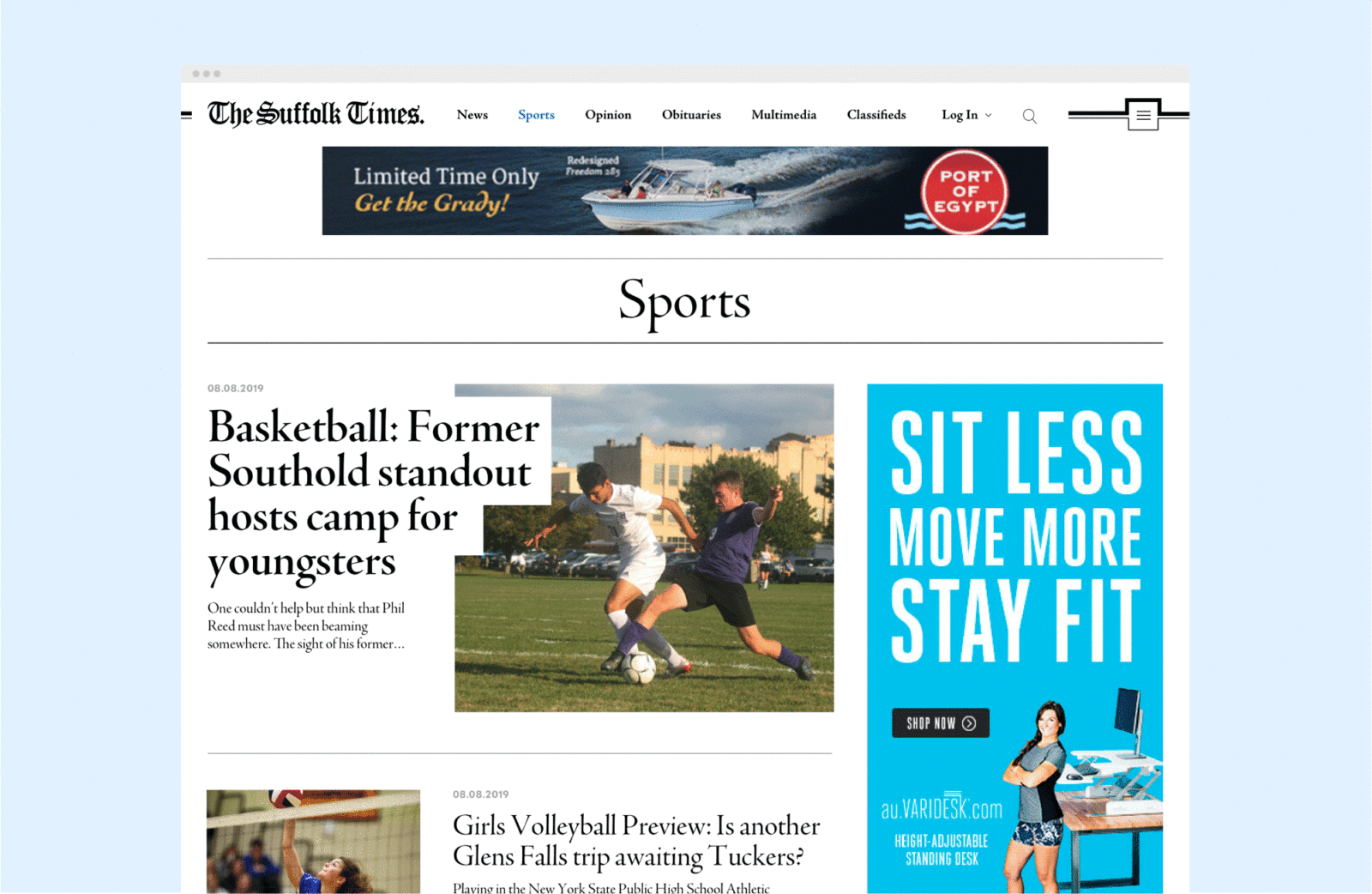
Re-engagement Tools
Editorials want to keep readers on-site as long as possible by showing them the best content that’s most relevant to them. To facilitate this, CMYK builds automated reengagement tools with strong algorithms based on easy-to-use tagging systems. When readers get to the end of an article on Texas Observer, recommendations for additional content appear, enticing them to keep binge-reading. Included among these are links to their rich catalog of archival articles and photo series, which were previously buried and not-intuitive to find. Besides providing more valuable service for readers, re-engagement tools also work to support ad strategy.
Conclusion
Editorial clients have a lot of content (and different kinds of content) to share, and they never have all the tools they need. This means that while creative agencies like CMYK have a lot to offer, the client may not know how or what to ask for. Hopefully these Industry Insights help you anticipate what they’ll need to grow and inspire you to build your own solutions based on these ideas. To learn more about CMYK and our work, visit our snazzy new website.
